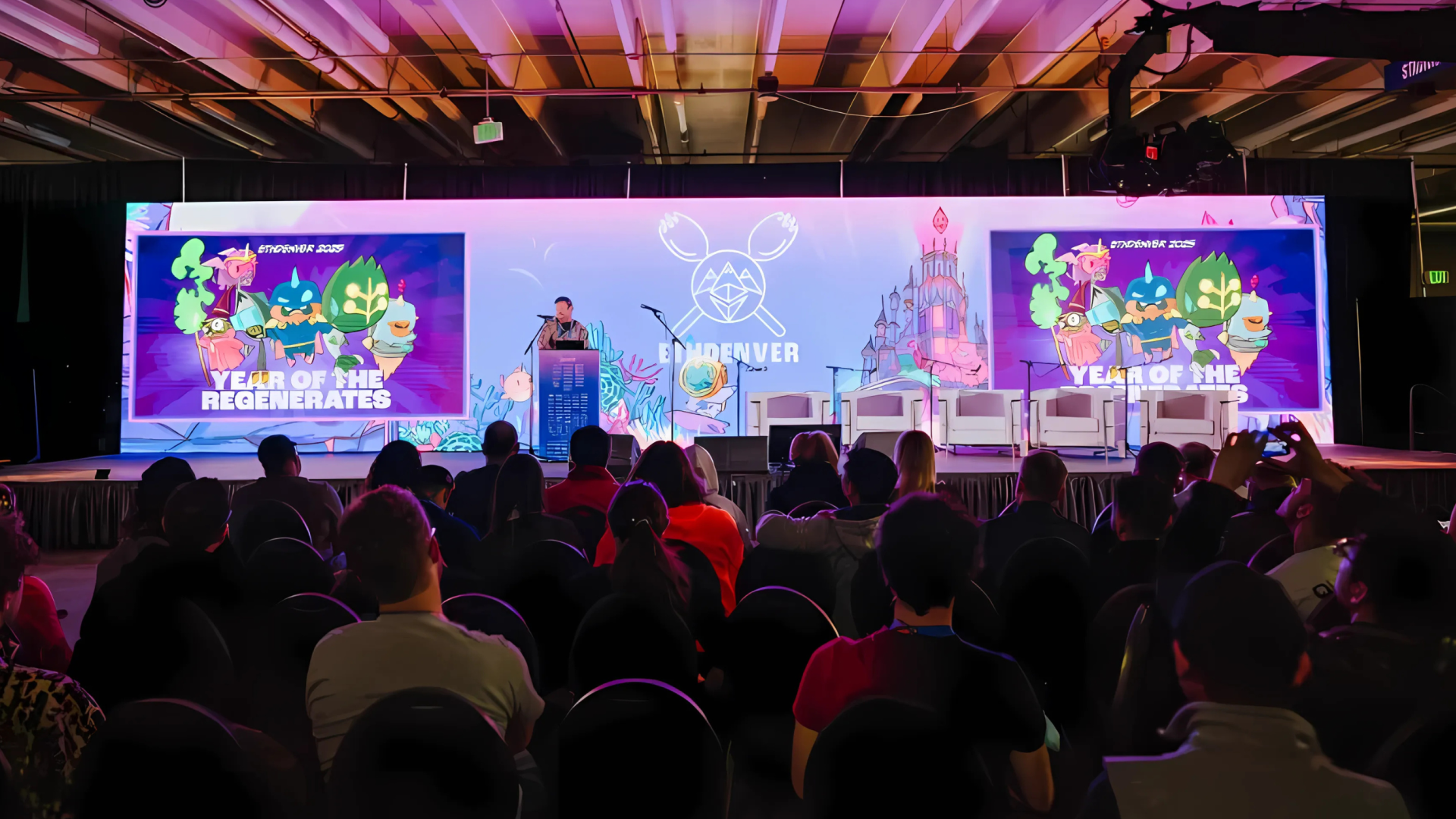System Parachains: An Introduction to Governance-Allocated Parachain Slots
The Polkadot network has a number of teams developing parachains, each optimized for its own domain. These parachains specialize in smart contracts, identity, DeFi, robotics, bridges, and more.
 By Joe Petrowski•February 25, 2021
By Joe Petrowski•February 25, 2021
The Polkadot network has a number of teams developing parachains, each optimized for its own domain. These parachains specialize in smart contracts, identity, DeFi, robotics, bridges, and more. Polkadot was designed such that chains could optimize their business logic to specific use cases and interact with each other in a secure and meaningful way.
Despite the infinite design space of blockchain systems, the Relay Chain can support a limited number of parachains and needs to select which chains should have access to its computing capacity. In most cases, it uses an on-chain auction where parachain teams (or perhaps even chains themselves) bid by expressing their willingness to lock up (bond) DOT tokens for the duration of the parachain slot’s lease. But Polkadot’s on-chain governance system can also allocate parachain slots in cases where it would benefit the network as a whole, without requiring a bond, in perpetuity.
Parachain auctions serve as a discovery mechanism for the most in-demand primitives, products, and projects. At the end of a parachain slot auction, the network reserves the winners’ DOT for the duration of their slot lease, resulting in an opportunity cost: the users who provided that DOT could use it for something else, e.g. staking. Parachain teams know how much they value the slot, but cannot know how much other teams value the same slot. The network’s on-chain auction aims to reveal each chain’s true valuation of the slot and award it to the highest bidders.
The Free Rider Problem
Polkadot’s auction mechanism doesn’t work effectively for all parachains, for example those that could be considered as common goods. The concept of ”common goods” has been discussed by political and economic philosophers for centuries, and how a society allocates them raises a standard set of problems.
One of these problems is known as the free-rider problem. Take a bridge to another network as an example: every parachain team may believe that having this bridge would benefit their parachain and its users. If an individual team contributes to the bridge’s auction campaign, then they are giving up resources that they could use in their own auction. If they do not contribute, and enough others do, then they can still use the bridge. These free riders would benefit from the parachain on the backs of those who did support its slot lease. Because of the incentive to free ride, parachains that have almost universal buy-in may end up without enough DOT backing their auction bid.
Polkadot’s governance process can provision these slots to avoid the free-rider problem. With a public referendum, network stakeholders can decide to register a parachain outside of the auction process. As the Council and Technical Committee exist to represent passive stakeholders and provide technical guidance, both groups are expected to engage in discussions and on-chain motions to accept or reject the direct registration of certain parachains.
As with all decisions that go through public referenda, the network’s stakeholders have the final say in what passes and what does not. Understanding this, we may initially see two categories of blockchains that qualify as system parachains (ones that perform a common good) in the Polkadot network: system-level chains and public utility chains.
System-Level Chains
System-level chains move functionality from the Relay Chain into parachains, minimizing the administrative use of the Relay Chain. For example, a governance parachain could move all the Polkadot governance processes from the Relay Chain into a parachain. Adding a system-level chain is generally uncontroversial, because they merely move functionality that the stakeholders already agreed was useful from one place (the Relay Chain) to another (a parachain).
Moving the logic from the Relay Chain to a parachain is an optimization that makes the entire network more efficient. All validators need to process all Relay Chain transactions, but split into small groups to validate parachains in parallel. By moving system-level logic to a parachain, and allowing the processing to be done by a subgroup of validators instead of all, it frees capacity in the Relay Chain for its primary function: validating parachains. Adding a system-level chain could make the network capable of processing several more parachains. Rather than taking a slice of a 100 parachain pie, a system-level chain takes one slice and bakes a bigger pie.
Examples of potential system-level chains include parachains for balances, elections (for both staking and Council), governance, and identity. Eventually, the Relay Chain could become transactionless, as in, it would only validate parachain state transitions and all of its current transactional functionality would exist within parachains.
Public Utility Chains
Public utility chains add functionality that doesn’t exist yet, but that the stakeholders believe will add value to the entire network. Because public utility chains add new functionality, there is a subjective component to their addition: the stakeholders of the network must believe that it is worth allocating a slot that would otherwise go to the winners of an auction, and thus would have an objective expression of conviction from its backers. Governance provides the means to internalize the value of the parachain slot and distribute it across all members of the network.
Public utility chains will always be fully aligned with their Relay Chain stakeholder base. This means that they will adopt the Relay Chain's native token (i.e. DOT or KSM) as their native token and respect any messages incoming from the Relay Chain and system-level parachains at face value.
Some examples of potential public utility chains are bridges, generic asset chains, and DOT-denominated smart contract platforms. All of these could operate without a new token:
- A bridge could add its own native token to charge as a toll, but in many cases that would be arbitrary value capture, when it could just as well use DOT and/or the bridged chain’s assets in its fee mechanism.
- A DOT-denominated smart contract layer-one blockchain would allow Wasm smart contract execution using DOT as the native asset with which to pay gas.
- A generic assets chain would allow anyone to place a deposit in DOT to deploy their asset on-chain. Assets on this chain could be backed by physical goods like artwork, real estate, or gold; or by paper goods like shares in a company or fiat currency held by a trusted party, providing a stable, permanent launchpad for stablecoins and Central Bank Digital Currencies.
Public utility parachains would typically grant privileged business logic to Polkadot’s governance. Just like the Polkadot Relay Chain has several privileged functions like setting the validator count or allocating DOT from the Treasury, these parachains can have privileged functions like changing system parameters or registering an asset.
Because public utility chains add functionality beyond the scope of the Relay Chain, we expect the network stakeholders to approve them only in rare scenarios. The vast majority of system parachains will likely be the unopinionated system-level chains.
Summary: Polkadot's System Parachains
The concept of a system parachain that performs a common good is essential to launching Polkadot and Kusama. By allocating a subset of parachain slots to system parachains, the entire network can realize the benefit of valuable parachains that would otherwise be underfunded due to the free-rider problem. Polkadot’s governance system is on the bleeding edge of social coordination and it will be exciting to see how it helps the network evolve to meet the needs of its constituent parachains and stakeholders.











